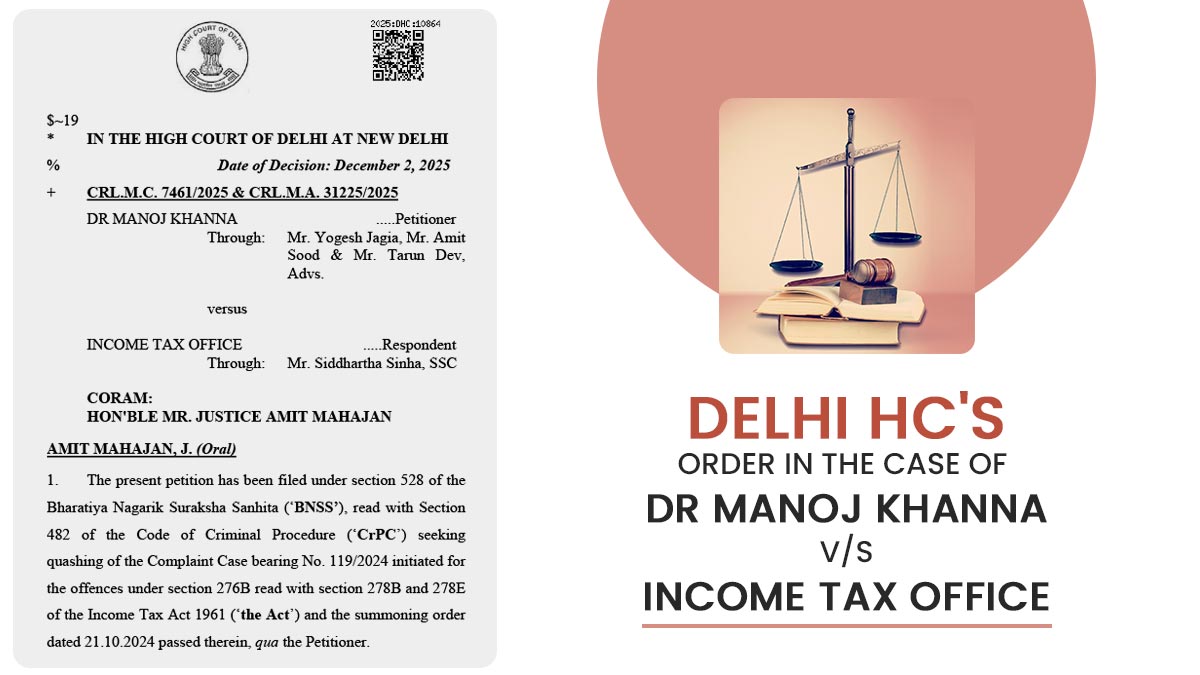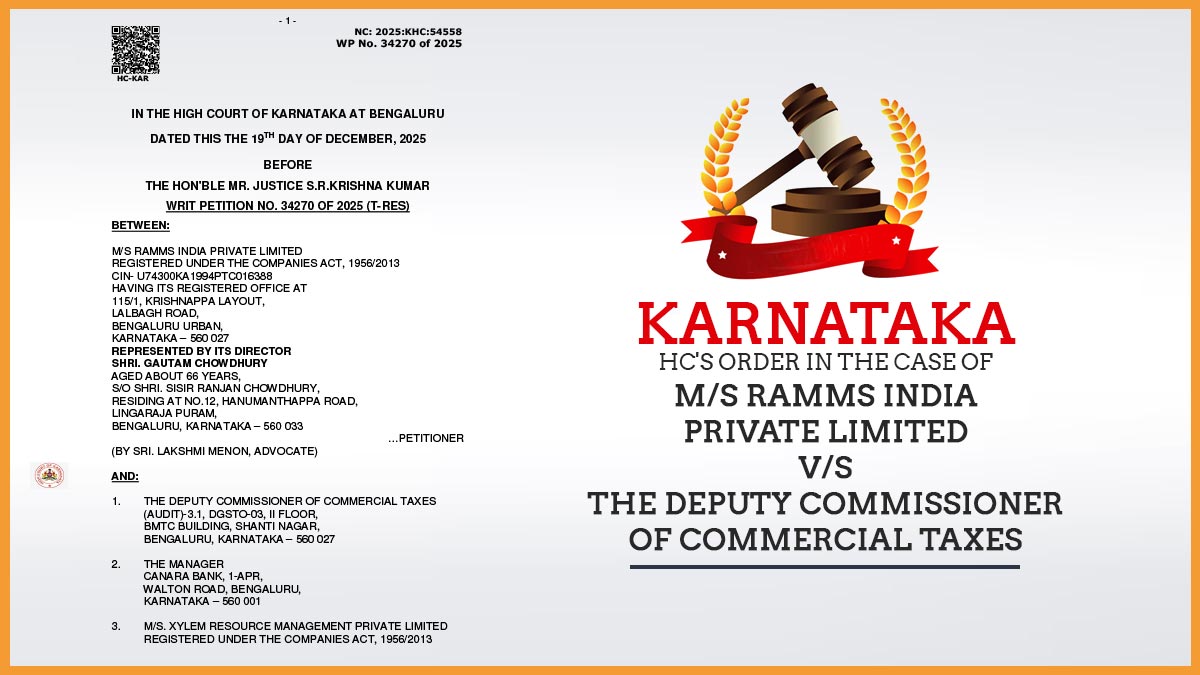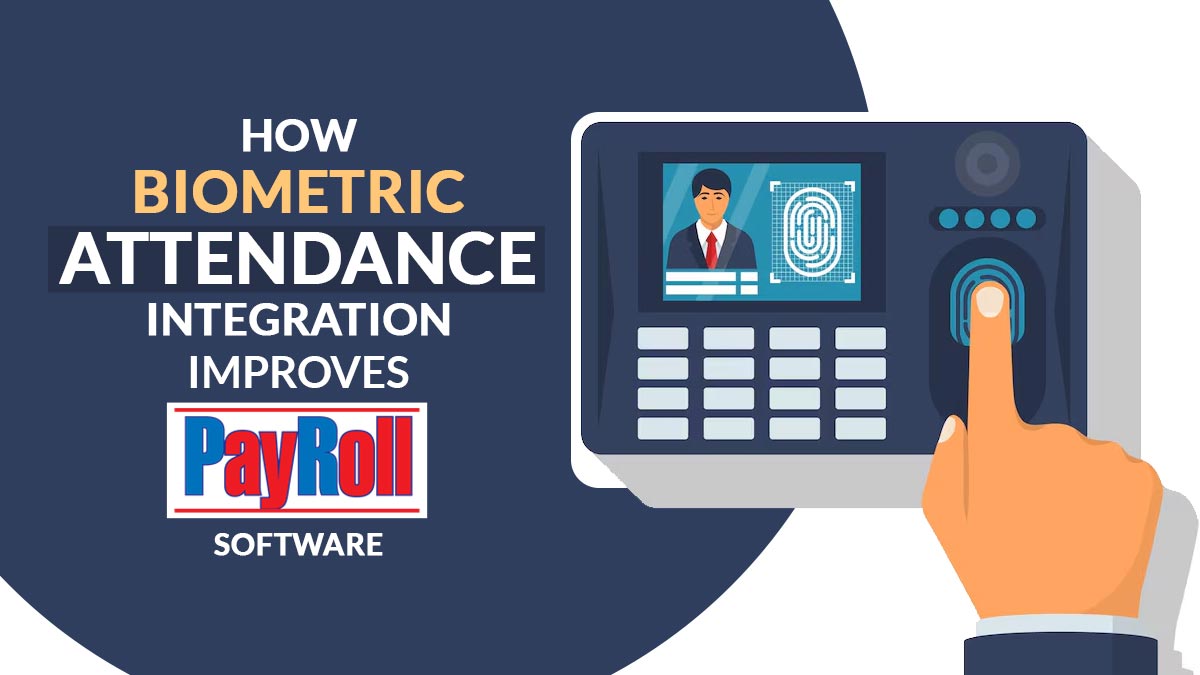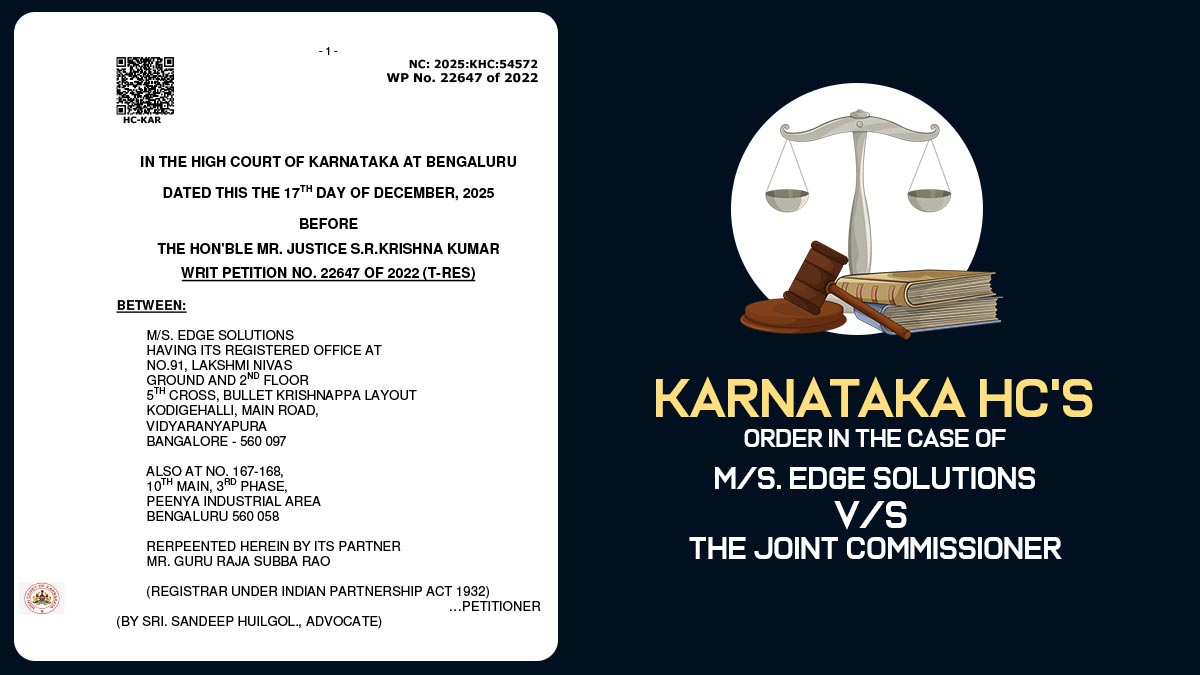A new facility has been started by the government on its GSTN portal, under which the taxpayers who paid excess tax money by mistake, can now transfer the money back to their bank accounts. This facility has started online from 29th November. With just one click, the money will be transferred directly to the bank account of the particular taxpayer.
Businesses have been protesting ever since the implementation of the new indirect tax reform. Due to the uncertainty in new tax reform, many traders had paid wrong tax amounts by mistake. Previously, there was no option to alter the returns at GSTN Network. Now, the government says that if any of the traders had paid an extra amount of tax by mistake while filing returns, the money will be returned to them.
Tax official RS Goyal said that the new facility has now been started by the government at GSTN portal, with the option of returning the extra amount of money deposited in taxes such as CGST, SGST, IGST and cess back to the concerned businesses.
To get back their excess tax money, businesses will be required to log on to GSTN portal by using their GSTN registered numbers and then they can apply for returning of the excess money. The money will automatically be credited to the concerned bank account.
One other facility has been started at the GSTN Network. If anyone has purchased goods by paying CGST, SGST and IGST and then they exported the goods, they can avail Input Tax Credit (ITC) on inputs. For claiming Input Tax Credit (ITC), the traders will have to visit the portal and provide all necessary information in the form. After filing the form and uploading the data, ITC money will be returned to the traders within a few days.











Sir, How to get back excess payment of CGST and SGST in cash ledger or bank A/ C. I have also set-off liability excess due to the mistake in the month of July’18. Please
In case of excess payment of CGST & SGST in cash ledger, excess balance in cash ledger can be claimed as the refund by filing Form RFD-01A. In case of liability is set-off in excess in a month then adjust it from subsequent month liability.